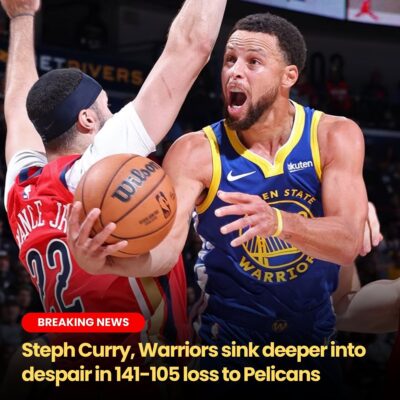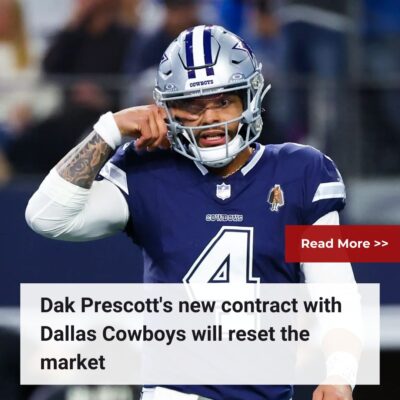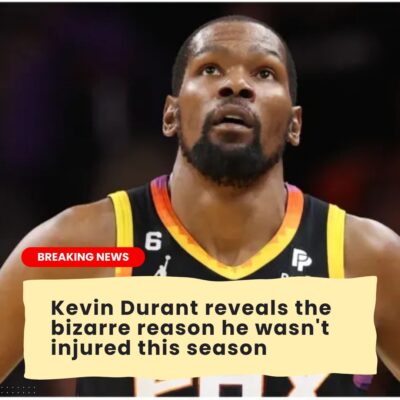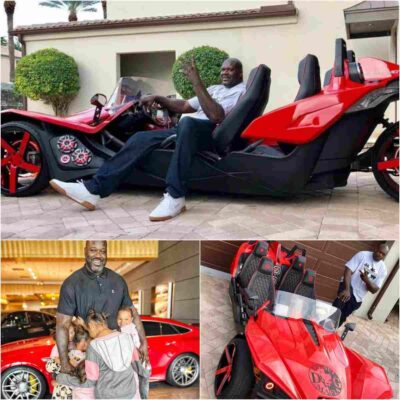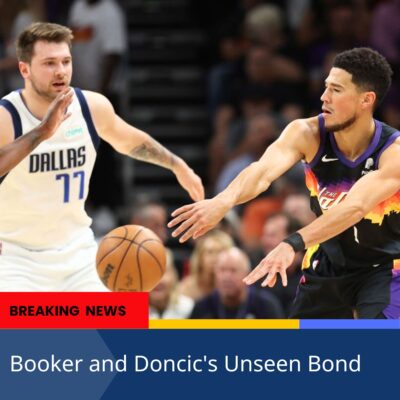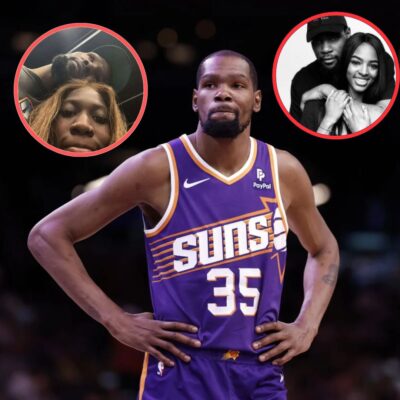Imagine the Los Angeles Lakers losing the Western Conference finals to the Denver Nuggets and fans pinning the defeat on Bill Sharman, an executive whose tenure ended in 1982. Once a team has cycled through four new general managers, fans and critics generally recognize how little control the fifth-most recently tenured leading basketball executive still has.

But of course, the Philadelphia 76ers lost on Sunday, and when the Philadelphia 76ers lose a playoff series, it turns into a referendum on their infamous “Process.” For three seasons, then-general manager Sam Hinkie built rosters that were designed to lose in the hopes that the lottery picks that would come out of all of that losing would eventually lead Philadelphia back to the top of the NBA. Sunday was the 10-year anniversary of Hinkie’s hiring. Philadelphia has yet to advance beyond the second round with the players Hinkie positioned them to acquire.
And so, the annual Hinkie blame-a-thon has begun anew. The Process must have been a failure if three of the ugliest seasons in NBA history couldn’t even yield a trip to the conference finals … right? Here’s where Philadelphia’s last four general managers come into the picture. Hinkie put all four of them in a position to succeed, and all four of them found different ways to sabotage what he built.
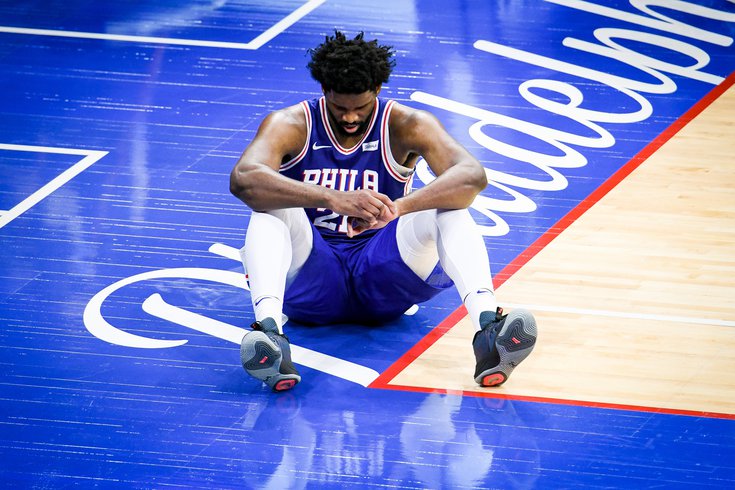
Let’s wind the clocks back to April 2016. Hinkie’s track record, on balance, appears mixed. Jahlil Okafor and Nerlens Noel are undeniable misses in the lottery. Michael Carter-Williams was as well, but at least Hinkie managed to pivot off of that mistake by flipping him for a valuable future Lakers pick in a trade with the Bucks. Youngsters like Jerami Grant, Robert Covington and Richaun Holmes have begun to show signs of promise, but the two most important pieces of Philadelphia’s future haven’t even debuted yet.

The first is Joel Embiid, who was selected in 2014, but has missed his entire career up to this point due to injury. The second isn’t on the roster. It’s the No. 1 overall pick Philadelphia’s tanking will net in June’s lottery. This selection will net Ben Simmons, a future All-NBA player whose employment by the 76ers will never overlap with Hinkie’s. By this point, the NBA has grown so fed up with Hinkie’s losing that it has essentially forced Jerry Colangelo upon the team as a senior adviser. When Hinkie resigns, Colangelo’s son Bryan is hired as the team’s general manager and president of basketball operations. The degradation begins. Here is a brief highlight reel from Hinkie’s four successors:
- Let’s put aside the embarrassing scandal that cost Bryan Colangelo his job aside for a moment. In the 2017 offseason, he traded the pick that would become Jayson Tatum for the right to draft Markelle Fultz, and even threw in a future lottery pick for the privilege. There’s no telling whether Boston would have picked Tatum No. 1 overall if no trade materialized, but almost any outcome would have been preferable to what Philadelphia actually got. In a perfect world, Boston simply would have picked Fultz and allowed Tatum to fall to No. 3. If Boston takes Tatum No. 1, perhaps the Lakers grab Fultz at No. 2 and leave Lonzo Ball or De’Aaron Fox for Philadelphia at No. 3. The worst-case scenario would be landing Fultz without giving up another lottery pick, and if that had been the case, perhaps the lightened pressure of going third changes Fultz’s career.
- Colangelo resigned on June 7, 2018, and until the 76ers named Elton Brand as his replacement on Sept. 20, head coach Brett Brown was given control over all basketball decisions. In three months at the helm, Brown made two critical errors that still haunt the 76ers to this day. The first was his decision to trade Mikal Bridges for Zhaire Smith. The second was to send Richaun Holmes to the Suns for cash. The Bridges trade was defensible in that it at least netted the 76ers an extra first-round pick. The Holmes trade made no sense and looked even worse 10 months later, when the 76ers lost a playoff series to the Raptors in which they were outscored by 109 points in the 99 minutes Embiid sat out. With even competent backup center play, Philadelphia could have won the 2019 championship.
- Elton Brand was part of the reason the 76ers even came close to winning the 2019 title. He managed to steal Jimmy Butler from the Minnesota Timberwolves without giving up a single first-round pick. But months later, he gave up the bulk of Philadelphia’s remaining draft pick surplus for Tobias Harris in an apparent attempt to set his team up for a post-Butler future. That offseason, the 76ers chose not to retain Butler. They instead traded him for the cheaper Josh Richardson, used the cap space his absence created to give Al Horford a $100 million deal and capped off their offseason by re-signing Tobias Harris to a max deal. Butler has made the Eastern Conference finals three times with the Heat. Horford has done so twice in a row with the Celtics, the team that landed him for pennies on the dollar after the Sixers dumped him one year into his contract.
- Daryl Morey has done plenty of things right in Philadelphia. Drafting Tyrese Maxey at No. 21 overall was an undeniable home run. Depth additions like De’Anthony Melton, P.J. Tucker and Georges Niang have largely been successful. But when he needed to trade Ben Simmons in 2021, he held out for the aging James Harden, who has now disappeared in back-to-back closeout games. It is unclear what else might or might not have been on the table for Simmons, but at the very least, there were certainly other interested parties. The Sacramento Kings, for instance, were known to covet Simmons. Reports indicated that there were discussions surrounding Tyrese Haliburton, but the Philadelphia Inquirer‘s Keith Pompey said at the time that “sources have repeatedly said the Sixers are not interested in a deal involving De’Aaron Fox unless he’s shipped to a third team.” How different does Philadelphia’s future look right now if Fox is a part of it?
None of this is to suggest that Hinkie is blameless. He made several poor draft picks. He built contentious relationships with agents due to his refusal to sign veterans. He was, in short, a somewhat typical general manager in that his track record was mixed. But he had a strong overall vision, and on balance, he was executing it. His goal was to get a 76ers team that had spent the decade before his hiring hovering around .500 a couple of All-Stars as a launching pad into genuine title contention.
He didn’t get to see his vision through, but he ultimately did his part. Hinkie got the 76ers Embiid and Simmons. He found a number of young role players that would eventually grow into successful NBA veterans as well, and he spent his time in charge of the team building a war chest of draft picks from other teams that could later be used in trades. As distasteful as some found his brazen tanking, he undeniably left the 76ers in a far better position than he found them. The Process, at least Hinkie’s portion of it, was an undeniable success.
That the 76ers haven’t been since he left is an indictment of his successors. Most teams are perfectly capable of getting ruined by a singularly poor executive. But it took four separate general managers to tear down what Hinkie built. Philadelphia’s failures are on them, not him.
